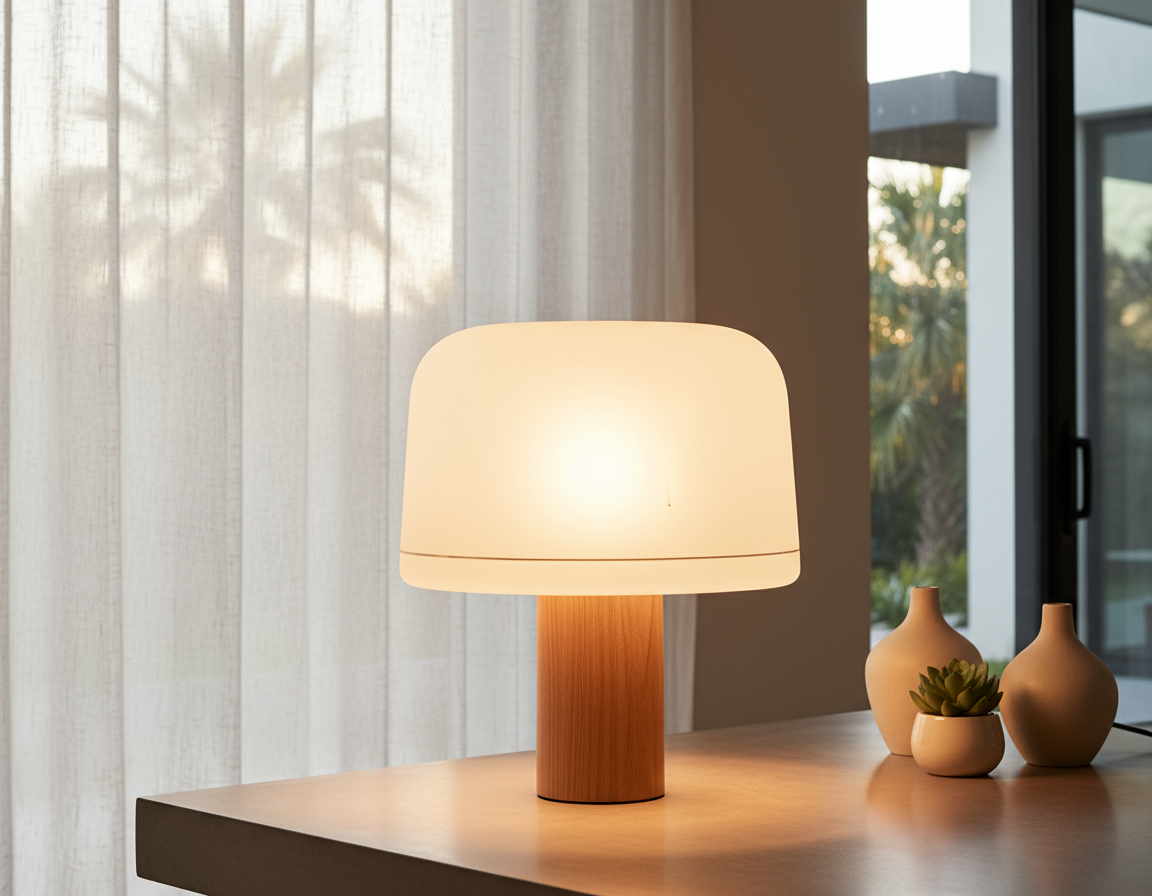What is Subsurface Scattering (SSS)?

CGI for strong brand presences
From hero renders to campaign assets: Our 3D studio delivers high-quality 3D images and animations that sell – and seamlessly integrate into your CI. Get a non-binding assessment.
What is Subsurface Scattering (SSS)?
Definition of Subsurface Scattering (SSS)
Subsurface scattering refers to the scattering of light inside a material after it has penetrated the surface; some of the light emerges again in a displaced manner. This creates soft, slightly translucent edges and gently brightened shadows - essential for realistic depictions of wax, soap, ceramics/porcelain, marble or soft plastics (usually irrelevant for metals ). In practice, SSS is controlled via scattering color (Subsurface Color), penetration depth/radius (Mean Free Path/Scale) and the mixing component for superficial reflection.
Why SSS is so important for brand images
- Material truth: Soft plastic, ceramic or frosted glass look hard and "dead" without SSS; with SSS they look photographically correct.
- CI consistency: Cleanly adjusted SSS keeps colors and haptics consistent - from campaign stills to product videos.
- Relevance in Home & Living: Bathroom accessories, lampshades, soaps, scented candles, marble tops, leather upholstery, etc. - SSS decides whether customers sense material quality. For the technical material basis: PBR - Physically Based Rendering.
How subsurface scattering works physically (compactly explained)
Incident light penetrates the surface, is absorbed and scattered (multiple scattering) and exits again in a displaced manner. This is described mathematically with a BSSRDF (Bidirectional Surface Scattering Reflectance Distribution Function). The classic entry point is JENSEN's model (dipole diffusion): A Practical Model for Subsurface Light Transport (SIGGRAPH).


Want to know how we can visually boost your brand with CGI?
We'll explain the process, effort, and output of CGI product images for your brand communication for your furniture, home & living brand – transparently and without obligation.
Learn more nowPractical comparison: SSS vs. transmission vs. "thin" translucency
Real-time vs. offline - SSS methods at a glance
In-depth realtime: Subsurface profiles & realtime approaches are well described in the UE documentation → Unreal Engine - Subsurface Profile.
Workflow: SSS in 7 steps
- Collect references: Real sample under daylight/studio lighting; photographic comparison shots.
- Material setup (PBR-clean): Albedo / Base-Color without baked shadows; metal separately (metal usually has no SSS).
- Define SSS color & radius: Color controls which light escapes (e.g. warm for wax); radius/scale controls how deep light penetrates (thin ≈ small, thick ≈ larger).
- Balance to Roughness/IOR: Realistically adjust gloss & border transitions; the material surfaces provide the haptic story.
- Test light & camera: Edge lights and backlight show SSS effects most clearly; check several viewing angles.
- QA & corrections: Correct color shifts (too green/too waxy), check transitions at edges.
- Delivery: For series/variants we plan the production in our 3D render studiofor e-com assets see 3D product visualization. Who scans fabrics/woods: Digitize surfaces.
Start values & typical errors - compact orientation
Start values (as a feeling, scaled depending on the renderer):
- Wax/soap: medium SSS color (warm), relatively large radius (mm-cm range).
- Soft plastic (bathroom/kitchen): neutral to slightly warm SSS color, small radius.
- Ceramic/porcelain: discreet SSS, small radius, careful transmission (thin areas).
- Marble: colored SSS shade (depending on the stone), medium radius, low roughness.
Common errors & quick fixes:
- "Waxy" plastic look: SSS radius too large → reduce; neutralize roughness; do not overexpose light frontally.
- Gray haze: albedo too dark/too bright → check PBR range; SSS color closer to albedo.
- Hard edges without glow: Add backlight/edge light; increase SSS radius minimally.
- Unrealistic color casts: SSS color too saturated → desaturate; output consistently with display color space and tone mapping (ACES).
Mini comparison table: When to use SSS in the home & living context?
FAQ - Subsurface Scattering (SSS)
How can I tell when a material needs SSS - and when it doesn't?
SSS is relevant for dielectric materials with visible light penetration (wax, soap, ceramics, marble, soft plastics). A quick test: Edge/backlight creates soft, slightly translucent edges; if this effect is missing, pure diffuse/specular without SSS is usually sufficient. As a rule, metals do not require SSS.
How do I determine the correct SSS radius/scale?
Use the actual material thickness as a guide and - if possible - work with a thickness map for local variation. Start small (e.g. tenths of a millimeter for thin plastics) and increase step by step while checking with Edge-Light whether edges shine through gently without "bleeding out".
Why does my plastic look "waxy" or too soft - and how do I fix it?
The radius is usually too large or the SSS color too warm/saturated; reduce the radius/scale, neutralize the SSS color and increase the roughness moderately if necessary. Also ensure correct albedo (no baked shadows) and uniform tone mapping - otherwise soft highlights will intensify unintentionally.
How do I use SSS with high performance in real time/engines?
Use screen space/separable SSS or subsurface profiles, limit the radius, and only use thickness maps where they are really necessary. Keep the number of SSS materials low, use mipmaps and control the light intensity (backlight yes, but don't overdo it) to ensure stable FPS.
Which textures and shader parameters are crucial for credible SSS?
A clean albedo (without light components) is mandatory; normal maps define microrelief, roughness controls gloss width, SSS color determines the emerging color tone. Thickness/transmission maps help to simulate real material thicknesses; keep IOR/specular plausible so that edges are not artificially shiny.
How do I check the color correctness of SSS in the output?
Compare renders under neutral light (grey card) with real samples and check the color space path (uniform tone mapping, no double viewing transform). For web assets, export specifically to the target display (e.g. sRGB) so that the soft SSS effect also looks the same in the browser as in the DCC.
